How I came to write the third edition of ‘Wind & Solar Electricity’
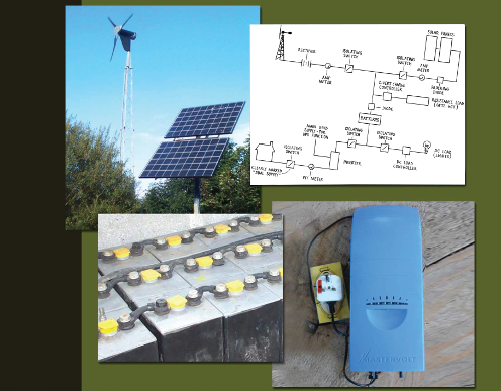
So after much effort edition three is now published. Renewable energy technology is changing quickly and so a couple of years ago I contacted Dave Darby with a view to updating edition two. As it turned out it was much more than an update (you know what its like when you get your teeth into a project). It’s also full colour. You can buy the third edition here.

I think it may be useful at this point to reflect on how this all came about and the coincidences that lead on to other things – i.e. nothing that could ever be considered part of a plan.
We started building an ecological holiday retreat called the Ecolodge, back in the late nineties in Lincolnshire, in a meadow that had been taken out of agricultural production in the mid-eighties, which involved the planting of about 1400 trees. The building was constructed of timber grown and milled in the county – a factor that I still consider to be vitally important, so it’s not imported prefabricated from Russia or Scandinavia.
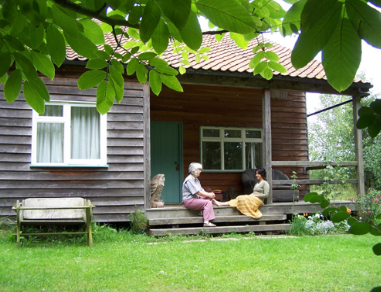
One of the first guests turned out to be Dave Darby of Lowimpact.org. He’d seen on our website that we provided a wide variety of woodland courses and training. It seemed quite natural for him to ask if we would consider writing and running a course on the process of building something similar to the Ecolodge. Long story short, we ran the course and then I was asked to write what would become the first of several books published by Lowimpact.org (formerly The Low Impact Living Initiative – I still like the initial name).
Work on the first edition of Wind and Solar Electricity was started in late 2006 and what a diverse monster it turned out to be. It’s so full of practical ‘I’ve done it so I know it works’ advice that some people didn’t believe it. However I always made time to think ‘I wonder what happens if…’, or ‘will that work?’ and then go and try it. To this end much of the stuff in these books is of immense value to anyone anywhere that is just trying to do practical things with limited resources. Edition one was published when the solar panel price was around £3.50 per watt and so I saw them as a very expensive but invaluable component. Price and availability of components drove my early system developments and this was reflected in the book. In the photo is shows 2 panels (wired in series) and an early proven turbine. This replaced an even older Whirlwind that I rebuilt from a pile of scrap, but we used the same tower.
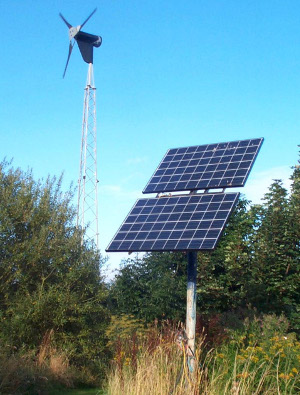
Edition two shows how things had moved on – panel priceshad come down but they were still expensive, and turbines had become more readily available. Charge controllers were still primitive and their cost prohibitive so there was a whole section on making you own comparator timer-based unit.

And so edition three was commissioned a couple of years ago, as I felt it was needed to highlight many recent developments, like (for instance) grid diverters. See this blog article for a general outline on these units. The price of solar panels had by then reduced to something like 0.45p per watt. This made the addition of more panels to our system very attractive and of course changed the whole perspective of our system.
As I previously mentioned, edition three is not so much an update as a new book loosely based on what had gone before – the writing of which took over a year.
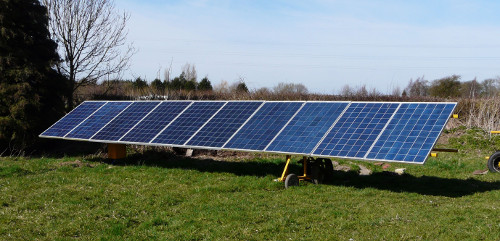
In the previous editions there was a research chapter where I had monitored the weekly ins and outs of various systems. This compared turbine and solar outputs on two separate battery-based systems, and also compared static and tracked panels. Although this was still valid, the size of the book was growing exponentially and so this research chapter is now available online. The other major changes were in the charge control, grid-based systems, solar panels, and building a system chapters. This gave the editor an extremely steep learning curve as you may well imagine.
Still, I think it was well worth the effort – especially If it saves people the pain and headaches of all the mistakes I have made in the past (trial and error is a good teacher).
I’ve uploaded s short introductory video about the book to my Youtube channel:
We run our smallholding in an ecologically sensible way, generating 95% of our electricity, and we are now starting to harvest our own wood fuel from the plantings in the late eighties. In my book Heating with Wood (edition two) there is whole section on the benefits of being part of a group that grows its own fuel. Beyond the obvious, there is the carbon capture element of establishing a new woodland where the average capture over the first 100 years is estimated to be 8 tonnes of CO2 per hectare per year. This not only includes the wood fuel element, but also takes into account the root structure and the gradual increase in soil organic matter content.
I will be running a 1-day course on solar and another on wood fuel and home heating for Brighton Permaculture Trust in September if anyone is interested. See here.
Andy Reynolds
Long-term practitioner in low-impact living, author of Wind and Solar Electricity, Timber for Building, and Heating with wood.
The views expressed in our blog are those of the author and not necessarily lowimpact.org's




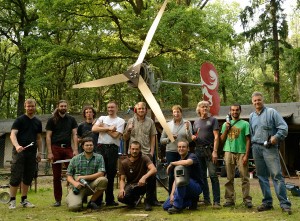 How do you fancy building your own small wind turbine?
How do you fancy building your own small wind turbine?
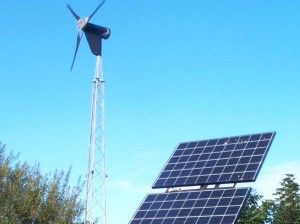 Our experience of generating our own electricity for 25 years
Our experience of generating our own electricity for 25 years
 Off-grid living: how big does your renewable energy generation system need to be?
Off-grid living: how big does your renewable energy generation system need to be?
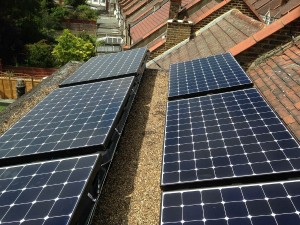 Solar electricity
Solar electricity
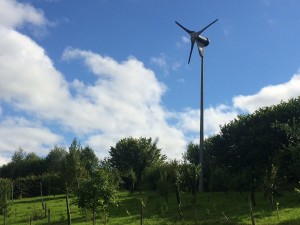 Wind generators
Wind generators


